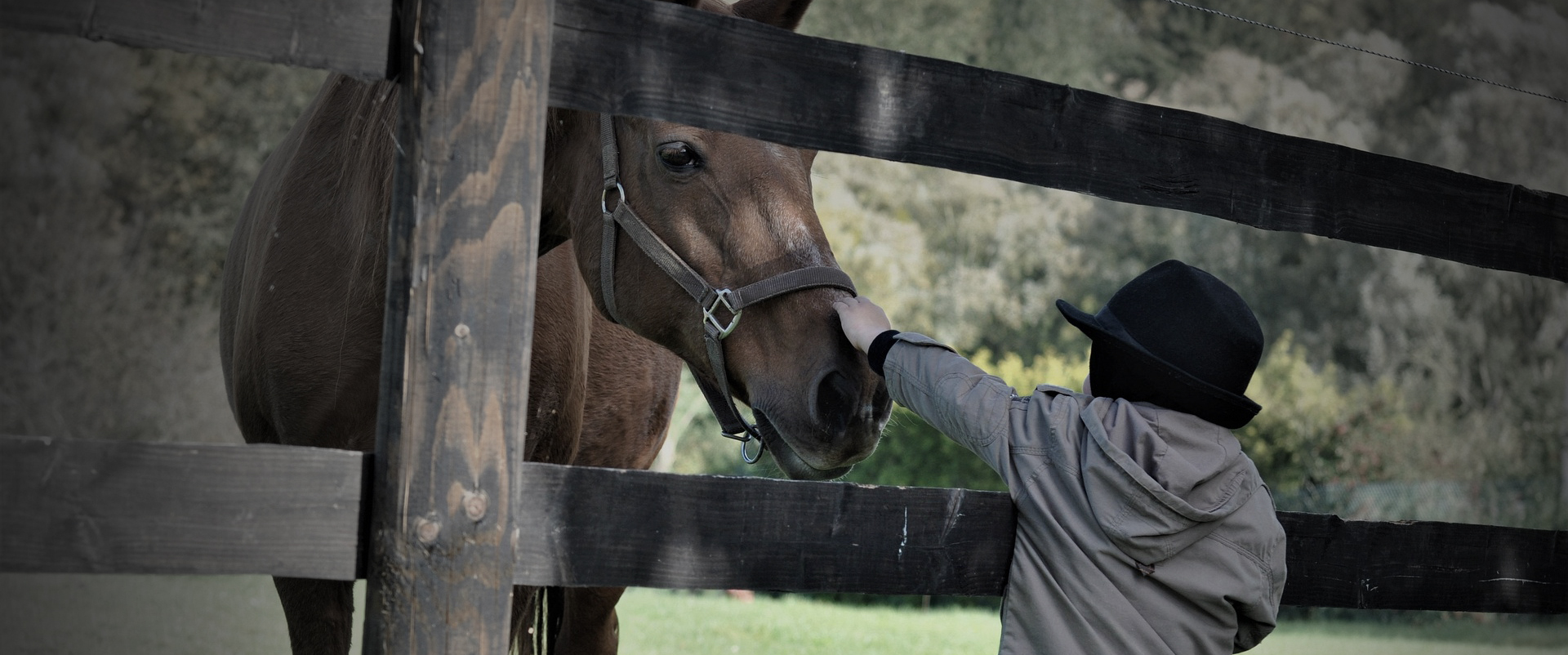 You remember the story of Nehemiah, the slave to the Babylonian king who went on to rebuild the crumbling wall surrounding the city of Jerusalem.
You remember the story of Nehemiah, the slave to the Babylonian king who went on to rebuild the crumbling wall surrounding the city of Jerusalem.
Nehemiah’s story is a lesson in leadership, as he recruited the help of the whole city, asking all to to do their part.
Chapter 3 is a summary of those who finished each section they were assigned: Eliashib and his fellow priests rebuilt the Sheep Gate. The sons of Hassenaah rebuilt the Fish Gate. Joiada repaired the Old Gate. And so on.
You could say that if Hebrews 11 is the roll call of faith, Nehemiah 3 is the roll call of responsibility.
However, one verse in this chapter sticks out:
The next section was repaired by the men of Tekoa, but their nobles would not put their shoulders to the work under their supervisors. (Nehemiah 3:5)
I can imagine that the nobles were the type that didn’t mind helping supervise the project, but they weren’t inclined to, as Nehemiah says, “put their shoulders to the work.”
I guess we all have experience with someone like that — someone who could pinpoint the problem, but was of no real use in bringing about a solution. Someone who saw themselves as being just a little above the hands-on effort required to complete the task.
British General Alan Brooke said, “It is child’s play deciding what should be done as compared with getting it done.”
This is what many leaders look for more than anything else when hiring an employee or placing someone in a position of leadership: the ability to get things done.
It’s also a characteristic effective parents want to see instilled in their children.
And it’s a quality we should all try to build in ourselves.
The best leaders do more than diagnose the problem. They take the steps necessary to make the problem go away.




